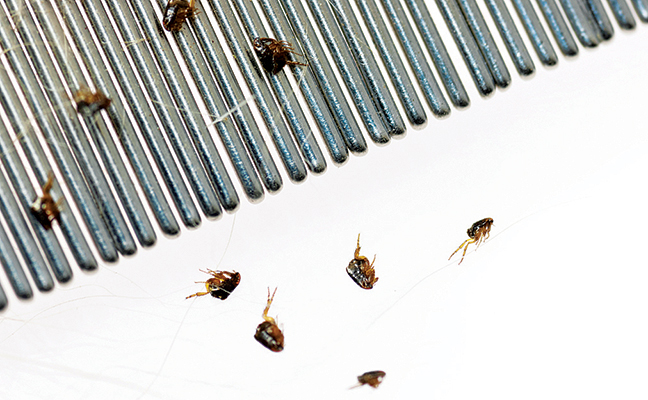From 2004 through 2016, illnesses from mosquito, tick and flea bites tripled in the United States, the Centers for Disease Control and Prevention (CDC) reports. More than 640,000 cases were reported and nine new pathogens were discovered or introduced throughout those 13 years.
The CDC released its first collective summary, titled “Vital Signs,” that examines data trends for all nationally notifiable diseases caused by the bite of an infected mosquito, tick or flea.
“Zika, West Nile, Lyme and chikungunya — a growing list of diseases caused by the bite of an infected mosquito, tick or flea—have confronted the U.S. in recent years, making a lot of people sick,” says CDC Director Dr. Robert R. Redfield. “And we don’t know what will threaten Americans next. Our nation’s first lines of defense are state and local health departments and vector control organizations, and we must continue to enhance our investment in their ability to fight against these diseases.”
In 2016, the most common tick-borne diseases in the U.S. were Lyme disease and ehrlichiosis/anaplasmosis, according to the CDC, and the most common mosquito-borne viruses were West Nile, dengue and Zika. Though rare, plague was the most common disease resulting from the bite of an infected flea.
Mosquitoes and ticks and the pathogens they spread are increasing in number, and moving into new areas, which may contribute to the rise of illnesses, the CDC says. As a result, more people are at risk for infection. Another contribution could be due to overseas travel and commerce.
Key findings
- A total of 642,602 cases of disease caused by the bite of an infected mosquito, tick or flea were reported in the U.S. and its territories from 2004 through 2016.
- The number of reported tick-borne diseases more than doubled in 13 years and accounted for more than 60 percent of all reported mosquito-borne, tick-borne and flea-borne disease cases. Diseases from ticks vary from region to region across the U.S. and those regions are expanding.
- From 2004 through 2016, seven new germs spread through the bite of an infected tick were discovered or recognized in the U.S. as being able to infect people.
“The data show that we’re seeing a steady increase and spread of tick-borne diseases, and an accelerating trend of mosquito-borne diseases introduced from other parts of the world,” said Dr. Lyle Petersen, M.P.H., director of the division of vector-borne diseases in the CDC’s National Center for Emerging and Zoonotic Infectious Diseases. “We need to support state and local health agencies responsible for detecting and responding to these diseases and controlling the mosquitoes, ticks and fleas that spread them.”

Leave A Comment